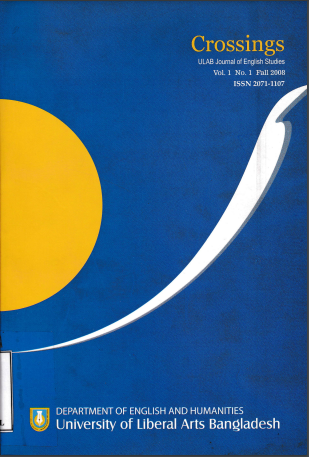The Scarlet Letter and New England’s Witchcraft Beliefs
DOI:
https://doi.org/10.59817/cjes.v1i1.425Abstract
The witch trials and the mass execution of women branded as witches throughout the 17th century New England were meant to serve an ideology designed for the world the Puritans were attempting to create. The Puritan witchcraft beliefs are inextricably related with their religious and social word-view as well as with their negative image of woman. Witches were the most powerful symbol of human evil—seductive and threatening to the moral and social order. Witchcraft has compelled the attention of a long and almost continuous line of American writers, Nathaniel Hawthorne being one of them. The Scarlet Letter, set against the background of the 17th century Puritan New England, deals mostly with the guilt-ridden aspect of human psyche and the Puritan society’s unredemptive doctrine of sin and punishment. However, the frequent references to witches, to the Black Man in connection with the dense forest, to the historical witch figures like Hutchinson and Hibbens, connect the novel with the dark episode of the Puritan witchcraft. The constant presence of the witch in both physical and spiritual form throughout the novel shows that Hawthorne refers to these supernatural beings not merely as a passive element of his novel’s plot, but rather as a strong component of the historical context in which the story of the novel unfolds itself. it makes the novel an even more authentic document of the Puritan era. My paper attempts to explore, in the context of The Scarlet Letter, the much condemned yet an inseparable chapter of the New England history-the witchcraft beliefs and how they had justified and at the same time subverted the Founders’ vision and their goals.
Downloads
Published
How to Cite
Issue
Section
License
Copyright (c) 2008 Zareen Choudhury

This work is licensed under a Creative Commons Attribution 4.0 International License.
All articles published in Crossings are licensed under a Creative Commons Attribution 4.0 International License



